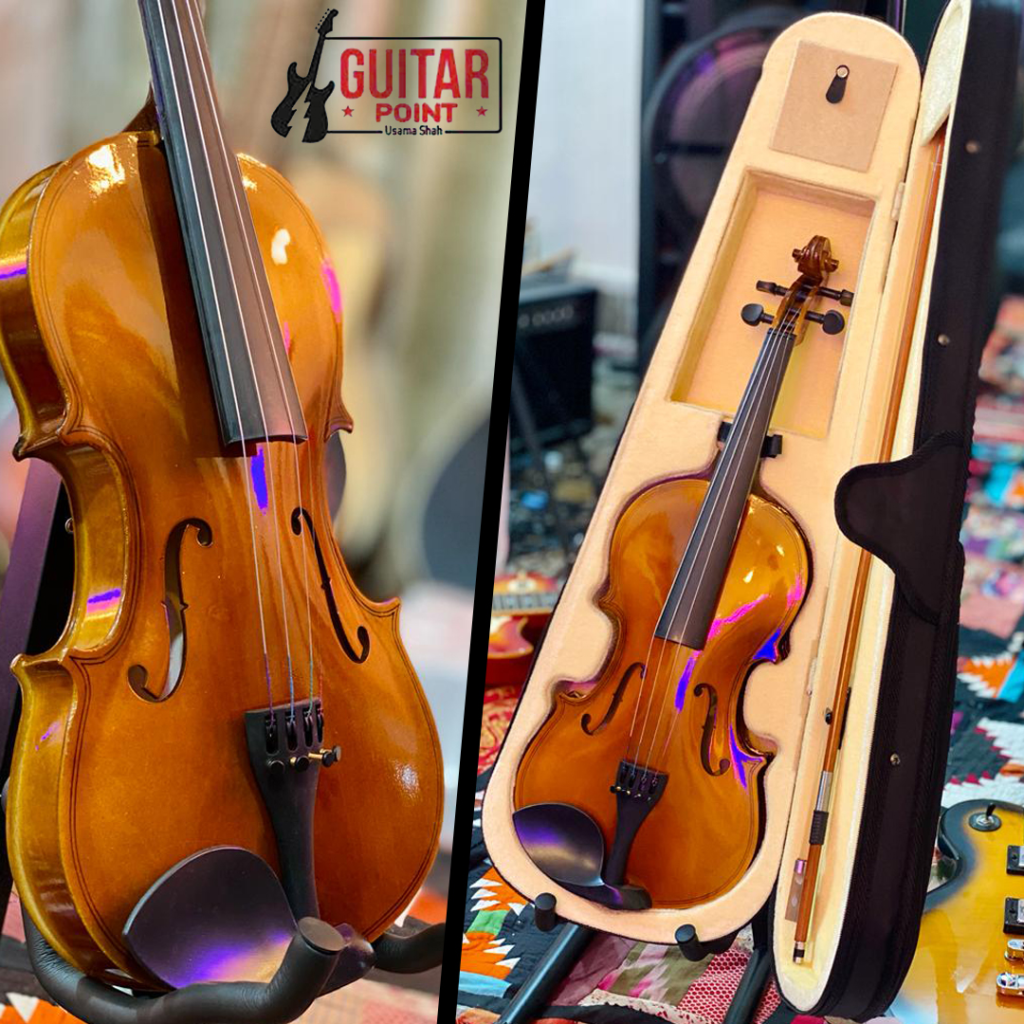In fact, AI violin plugins are everywhere now, but most of them sound either too fake or even too flat. If you’re looking for a tool that actually feels like a real violinist, then you should have an idea what separates the pro plugins from the basic ones. Some are perfect for swift ideas, but what about others? So, here’s what makes the actual difference.
1. Human-Level Expressiveness
If there’s one thing that separates a professional-grade AI violin from an average one, it’s how naturally it expresses emotion. The best violin plugins don’t just play notes—they even perform them. That means they add subtle phrasing, dynamic flow, and timing variations that mimic the instincts of a live violinist.
Look for software that adjusts your input in real-time including: interpreting velocity, tempo changes, and pitch bends with finesse. When an AI violin sounds “felt” rather than just “played,” you’re in professional territory.
2. Adaptive Articulation Switching
In real-world violin performance, articulations shift naturally. Yes, you can see that long bows flow into short attacks, slurred notes shift to spiccato, and legato morphs into vibrato, that’s all depending on the moment. Pro-level AI violins handle this gracefully without you needing to program each switch.
Instead of depending on keyswitches or various manual layers, the right tool analyzes your MIDI or even the performance and lets you choose articulations that make musical sense. The result comes with natural transitions that assists you in saving your time and even keeping the workflow intuitive.
3. Context-Aware Dynamics
The best AI violin plugins not only functions for responding to loud vs. soft—they respond to context. If you’re building tension, they’ll naturally increase vibrato as well as bow pressure. If you’re resolving into a soft cadence, they’ll lighten their touch.
Dynamic control is something that goes beyond just volume, it functions to reflect musical storytelling. Pro-grade tools assist in recognizing that and build those responses into the engine, allowing your performances to grow and breathe like real string playing.
4. Sample Modeling + AI Interpretation
High-end AI violins blend the strengths of sample-based realism with machine learning intelligence. This hybrid approach means you get detailed, high-resolution violin tones plus smart interpretation of your input.
Tools like ACE Studio AI Violin stand out here, which not only trigger samples, but even interpret what you’re trying to play. That ability to transform rough MIDI into emotionally rich performances is exactly what separates pro tools from hobbyist solutions.
5. Built-In Humanization
There’s no doubt that real musicians don’t play perfectly. In actual, there are certain micro-variations that come with inconsistent bow speeds, slight timing delays, and unpredictable vibrato, these terms make a violin solo believable. Pro-level AI violin engine helps to simulate this unpredictability intelligently.
Rather than sounding robotic or overly clean, these tools inject subtle imperfections where needed. Importantly, these imperfections aren’t random and even based on real-world violin playing patterns. This is something that keeps the music authentic without sounding flawed.
6. Responsive to Real-Time Control Inputs
If you are recording in real-time or just performing live, professional AI violins are functions to support input from breathe controllers, MPE devices, and other nuanced controllers. This is the thing that provides hands-on control of tone as well as emotion.
This kind of hardware/software interaction is only supported in mature plugins built for serious work. If you’re a hands-on musician or film composer, this is a must.
7. Non-Destructive Editing & Fast Workflow
Time matters in professional environments. The best AI violin tools are packed with intuitive interfaces, reliable rendering options, and flexible editing that doesn’t act to rebuild a part from scratch every time you attempt changings.
Whether you’re tweaking phrasing or adjusting articulation, pro violin software makes those changes non-destructive and efficient. And, in return, providing more time to focus on the music.
Let’s Closing:
There are plenty of AI violin plugins as well as software available today. But only a handful truly comes with the realism, control, and expressive power that are essentials in music production. Whether you’re scoring for film, building a complex arrangement, or producing emotional solo tracks, choosing the right violin AI utility which makes the difference between something that sounds okay and something that moves people. No matter what the reason behind generating violin solos, prioritize these features prior to choosing the tool.

